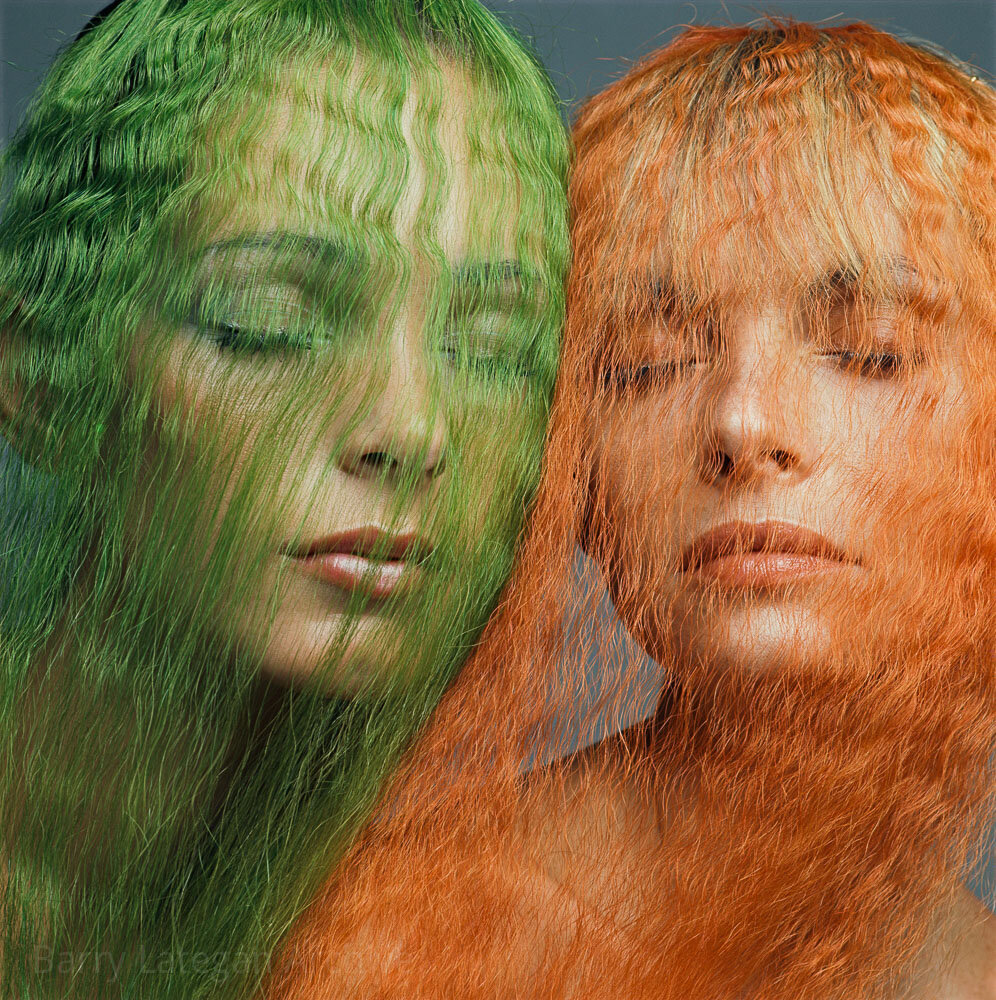
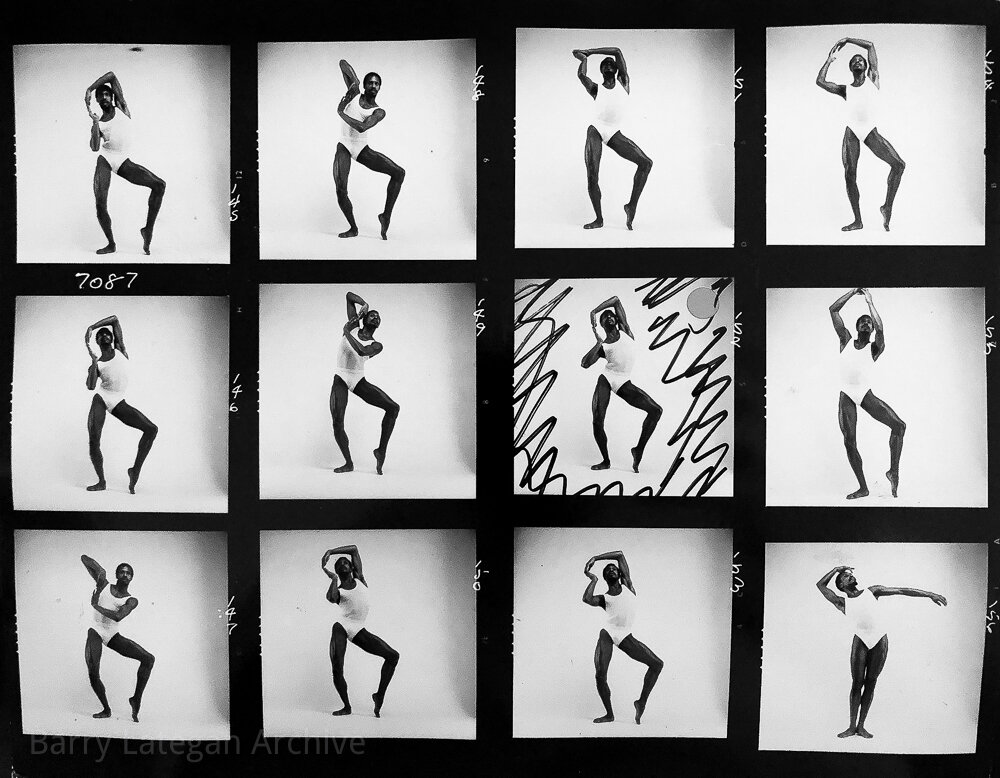
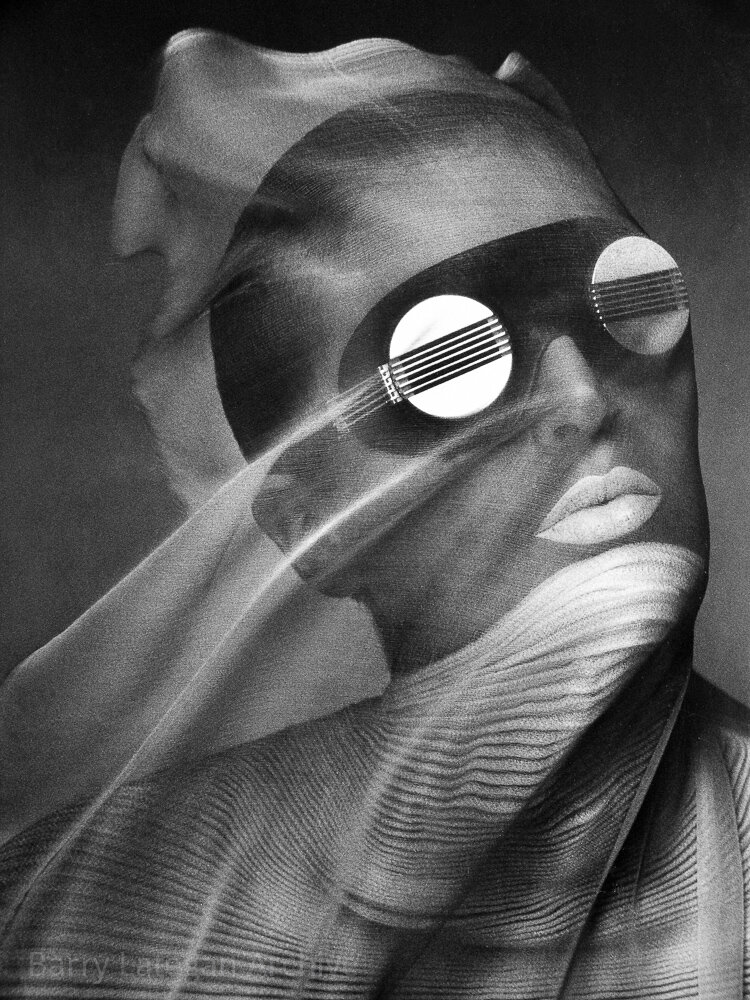
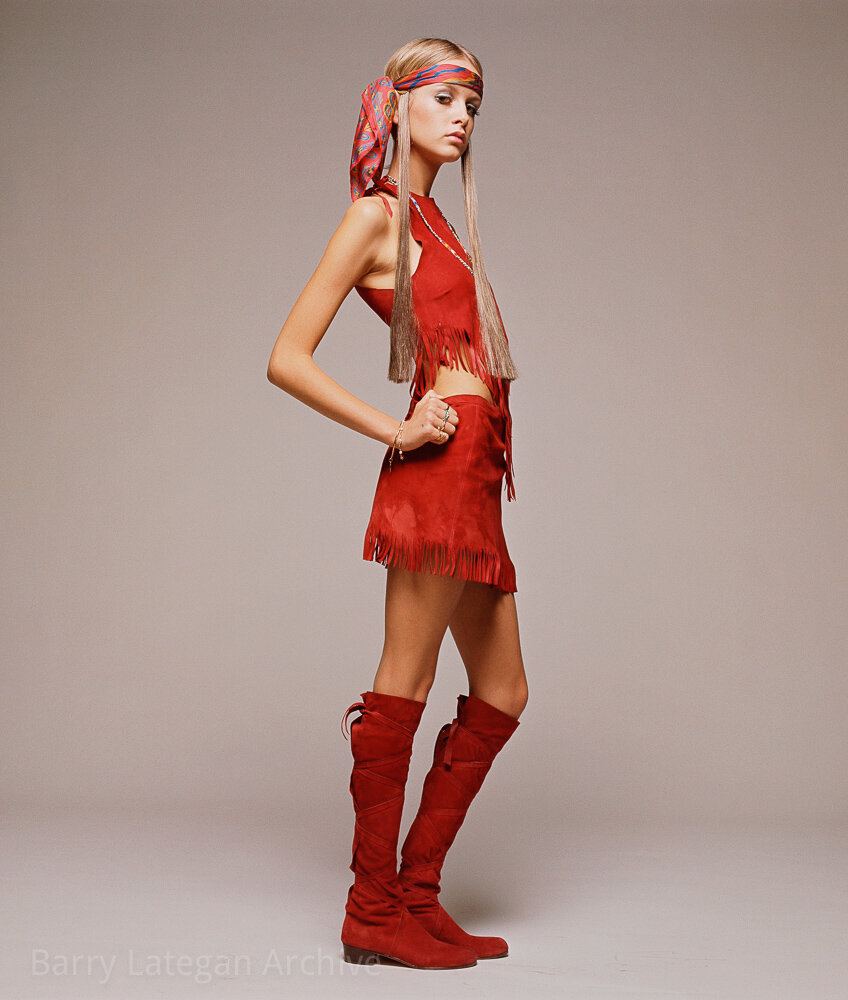
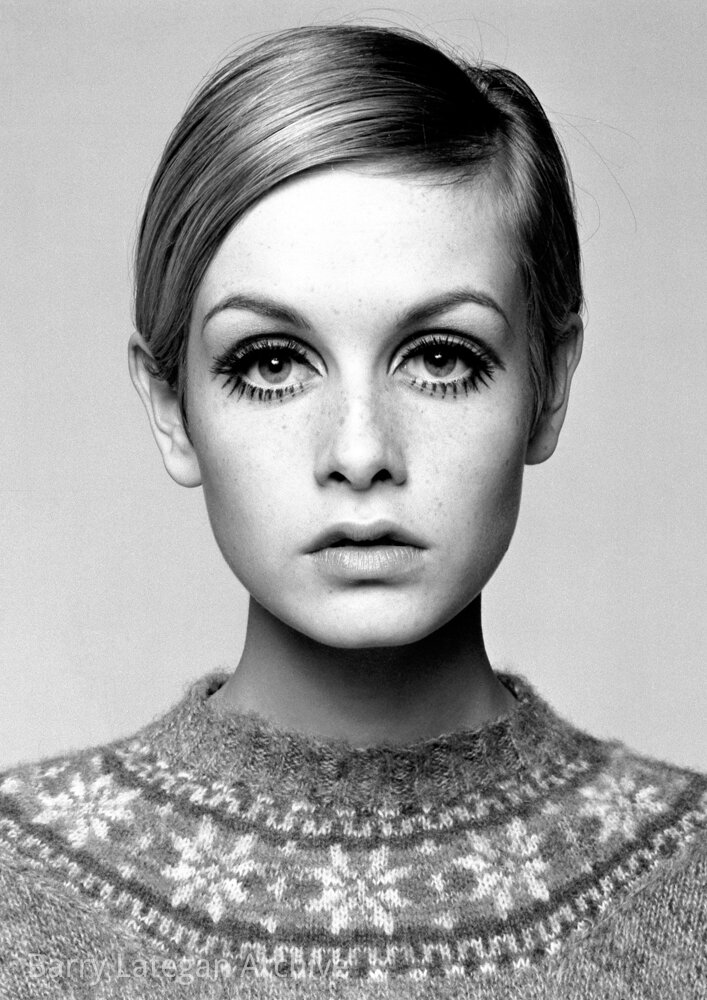
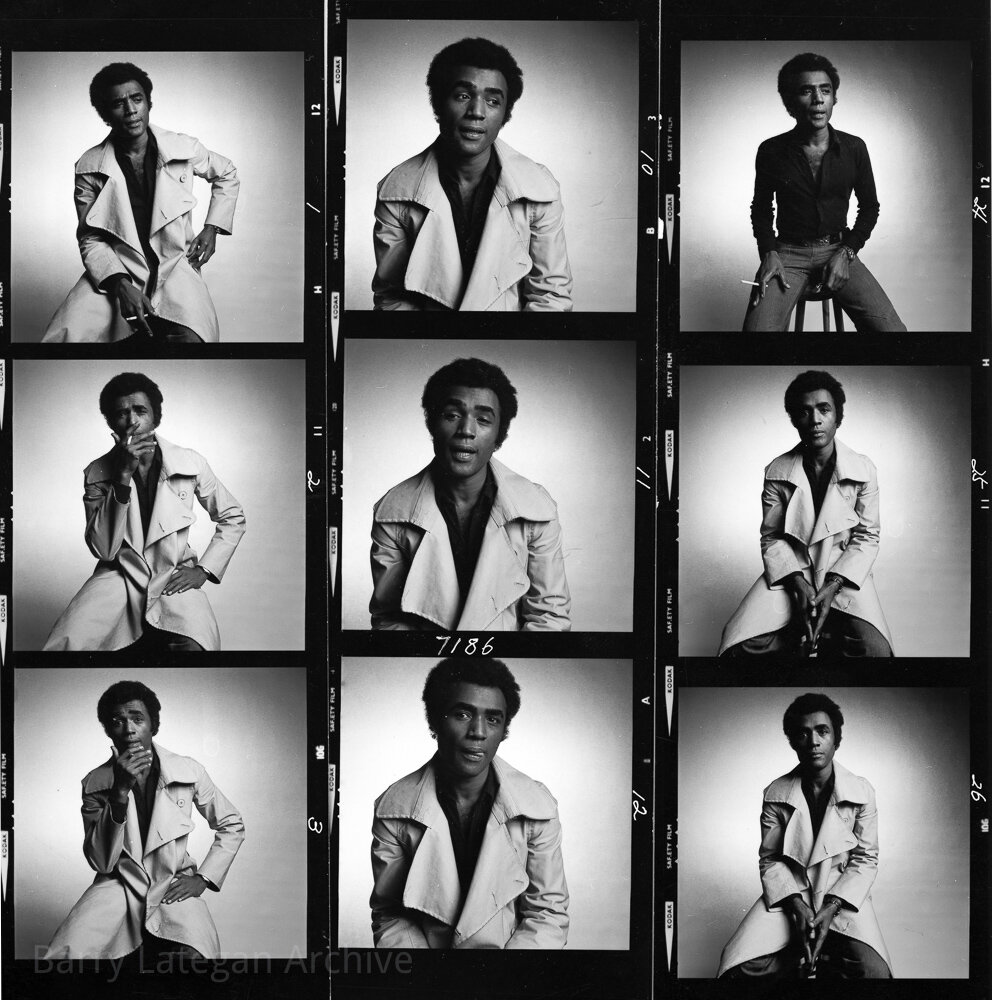
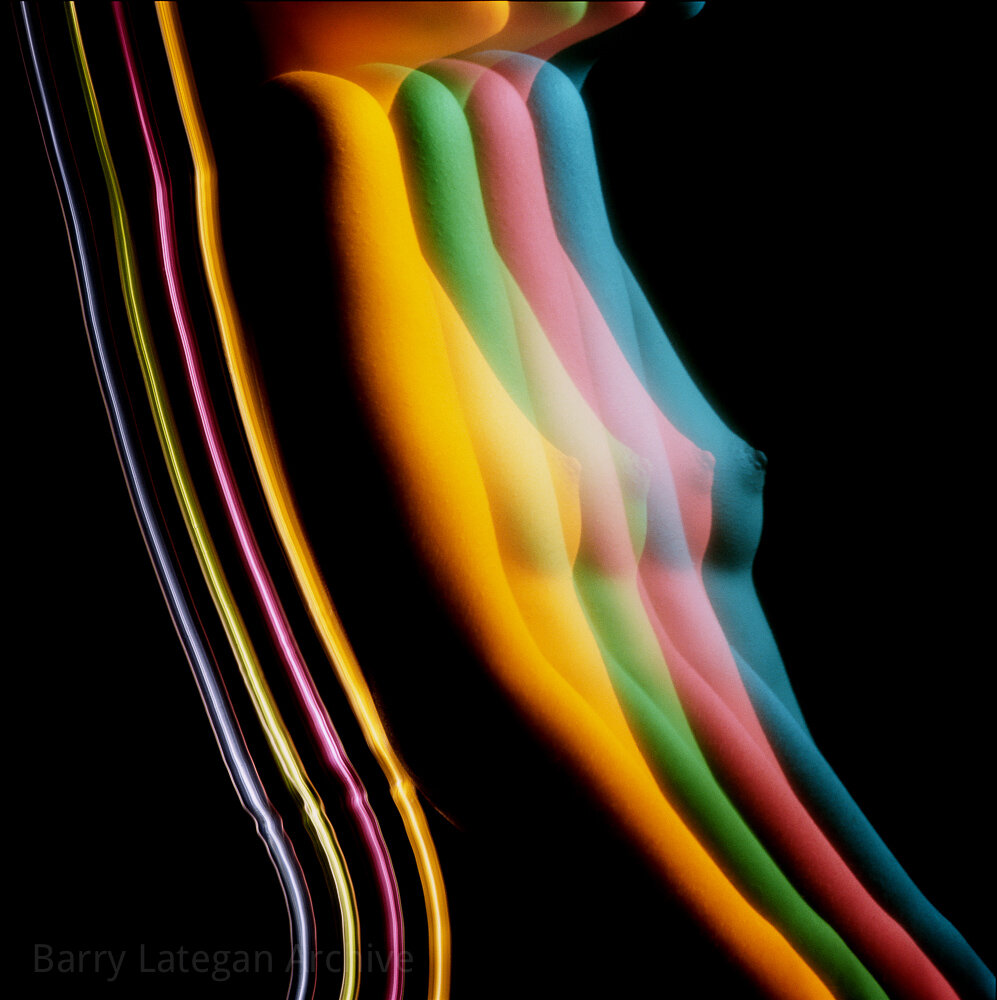
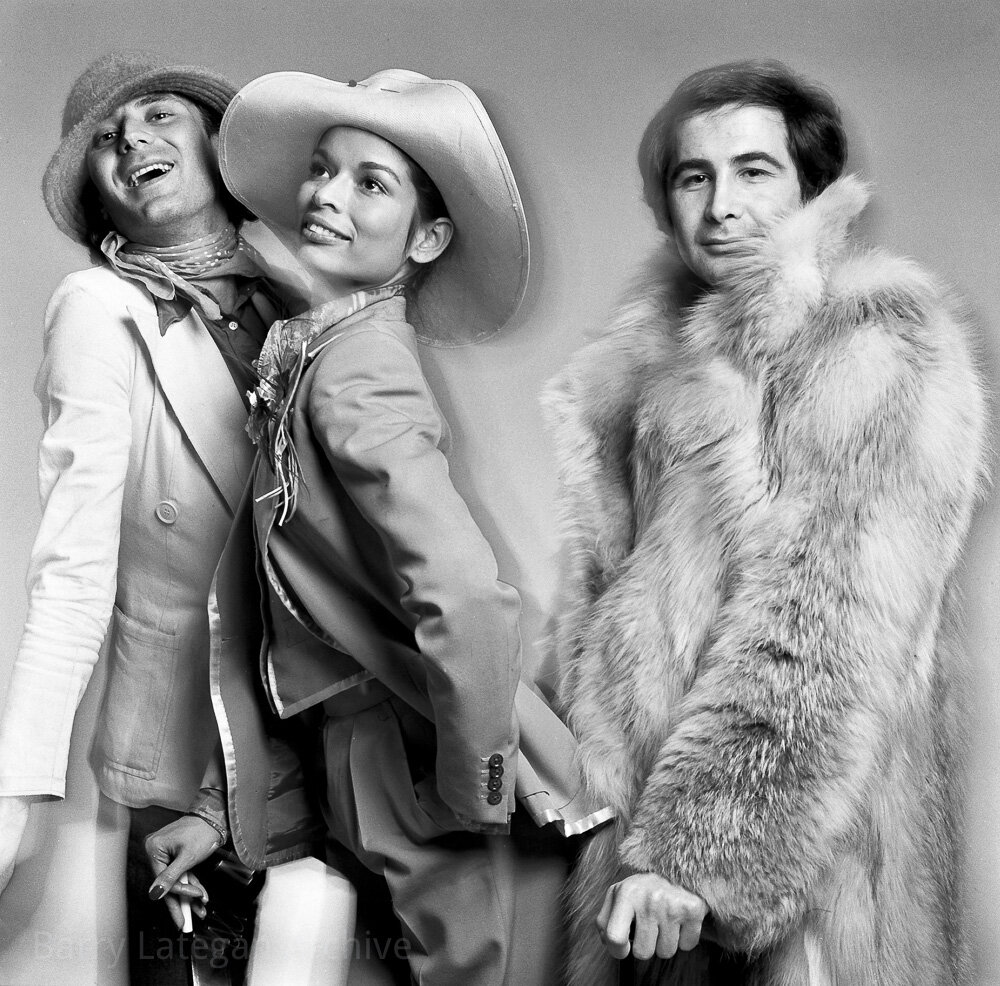
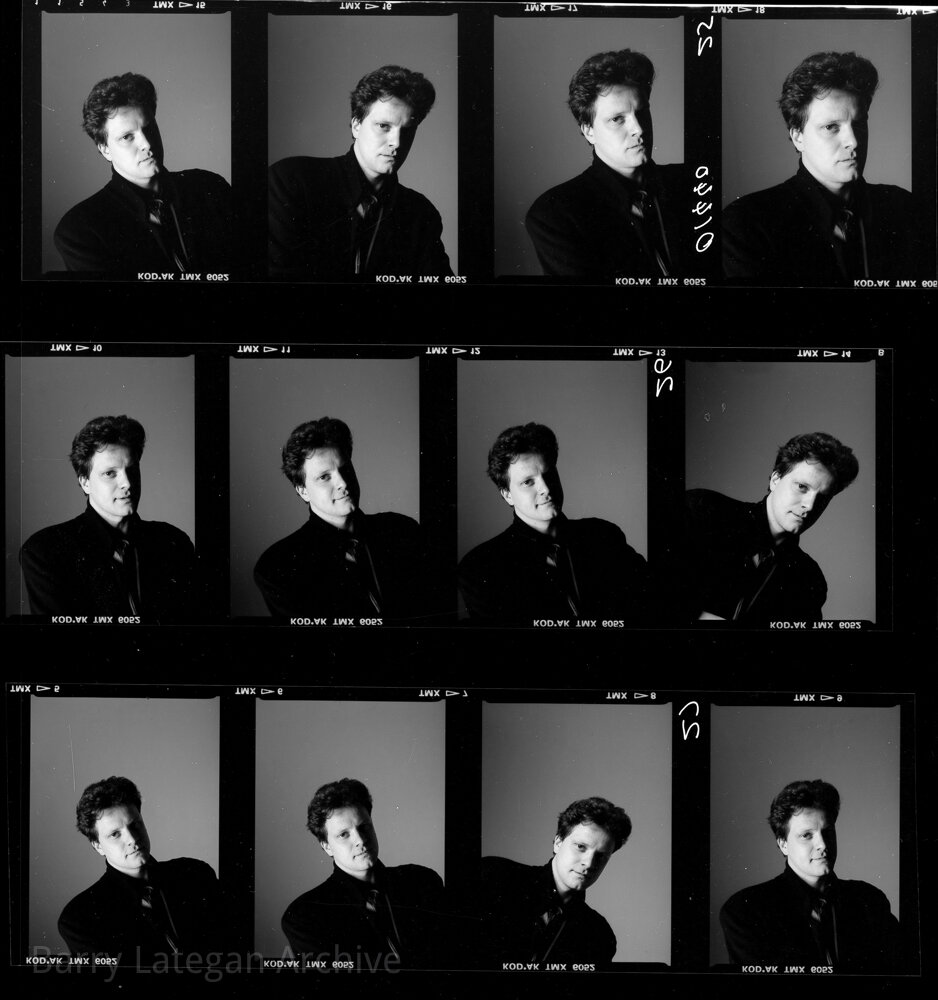

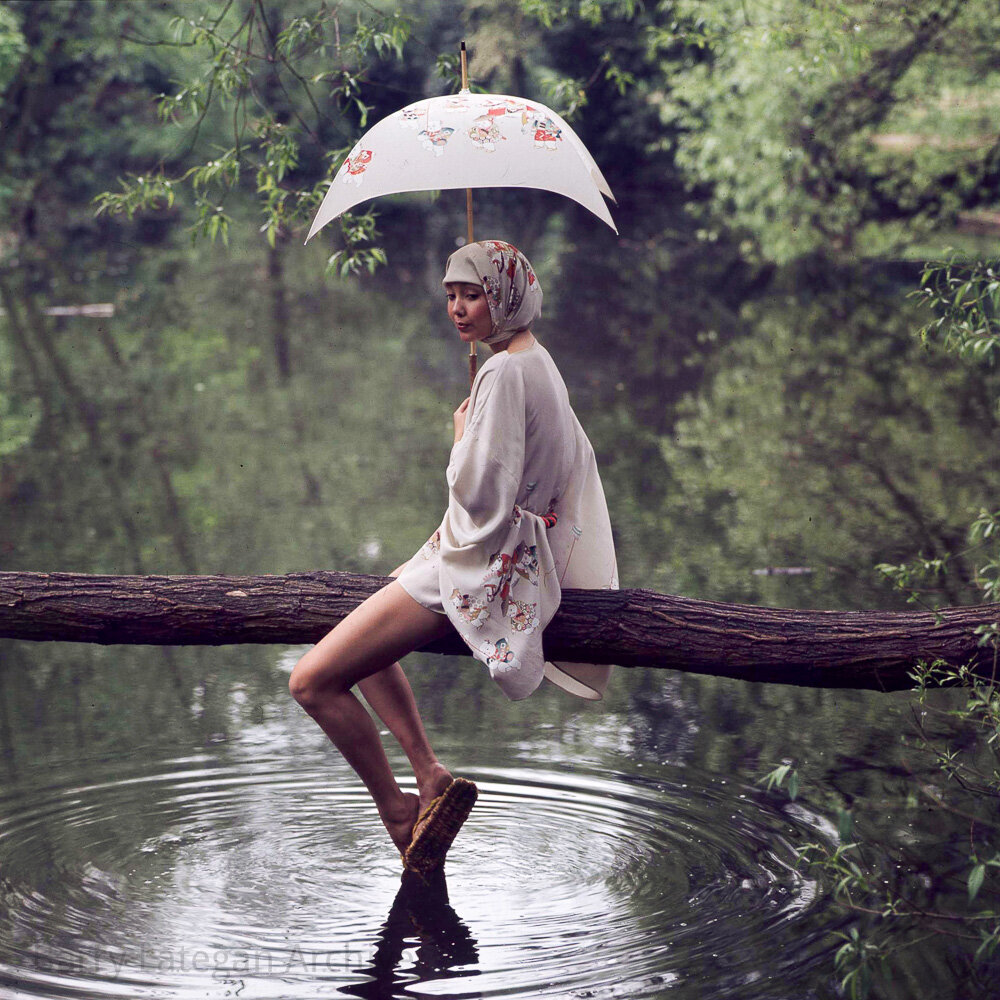
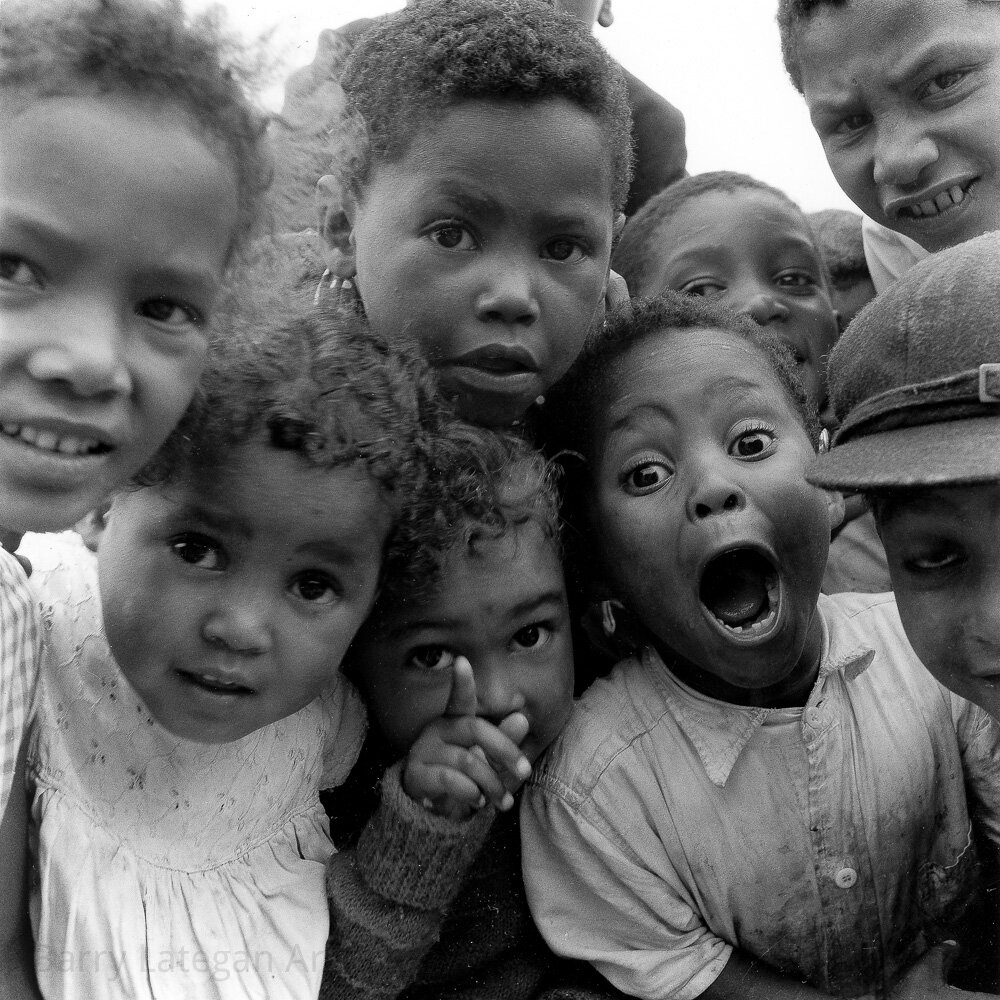
© Barry Lategan Archive
© Barry Lategan Archive
Over the course of his career Lategan produced a wide range of portraits, from celebrities, models, popular entertainers, musicians and actors, fashion designers, academic and intellectual figures - and the lesser known.
Renowned for his use of lighting, Lategan mystified inspired by his ability to masterfully capture and craft constructed and natural sources alike.
Lategan employed a variety of styles in his portraiture both posed and animated. His ability to charm and ease his subjects with sharp humour, philosophy and intellect, encouraged a wide range of personalities to reveal themselves before him, evidenced in striking eye contact and broad smiles.
Best known for his iconic first professional portraits of Twiggy in 1966, they helped propell her career as the face of London’s ‘Swinging Sixties’.
Lategan’s long-standing working relationship with former model and style icon, Grace Coddington, was an integral part of his fashion work. Coddington’s recognition of the quality of Lategan’s work secured him his first Vogue cover featuring Lesley Jones in 1968, and he subsequently began working regularly for Vogue under the direction of UK editor, Beatrix Miller.
Lategan later worked extensively alongside Lucia Raffaelli at Vogue Italia, an outlet that afforded him considerable artistic freedom and he soon began expressing a more personal and refined style. Many of his fashion works are considered, composed with great attention to detail, and often exude a dreamlike, romantic quality.
Lategan was ahead of his time championing a diverse and unconventional choice of models such as Marie Helvin and Cathee Dahmen who were deemed too ‘exotic’ at the time.
Early collaborations with legendary hairdressers Leonard of Mayfair and Vidal Sassoon in their 1960s London hair salons provided the first opportunities to develop and showcase his talent. One such occasion resulted in the iconic first portraits of ‘Twiggy’ with her self painted faux eyelashes and Leonards’ boyish crop cut, but it was his meeting there with Grace Coddington that sparked a rich and productive experimental period during the late 1960s, and into the 1970s. Lategan epitomised a new expression within the field of photography, one that championed non-conventional models and pioneering creative collaboration with Barbara Daly, Serge Lutens and Way Bandy. The results were playful, painterly and innovative, perfectly encapsulating the aesthetic of the era.
“Barry gave you a situation where you had a canvas to paint,” Daly once said. And, as the writer Julie Kavanagh commented, Lategan had “a magical ability to light up a face”.
Nudes are a lesser known area of Barry Lategan's oeuvre, but they were an important part of his creative output. For many years Lategan explored how he might use light and form to render the human body in sculptural ways. Indeed, in his insightful essay for the publication Nudes 3 by B. Martin Pedersen, Lategan acknowledges the influence of sculpture on his work, writing how he was moved by Henry Moore's Mother and Child at the Royal Academy of Arts in 1988.
Photographing people in all kinds of physical manifestations, Lategan made studies of voluptuous women, and women during pregnancy - a somewhat groundbreaking idea at the time. Possessing a deep appreciation of historical representations of the female form in art, Lategan created images where his subjects look at ease with their body and in-tune with their natural state.
This largely unseen area of work displays a passionate demonstration of curiosity and observation, celebrating a juxtaposition of people and place over the course of six decades.
Capturing a significant period of accelerating societal change at the end of the 20th century and into the 21st, the work represents a consistent and unique recording of life in public spaces, characters, trees, textures and random inanimate objects and symbols inhabiting them.
An enthralled Lategan displays an outsider's fascination with his surrounding world. As if partaking in a performance, capturing and reflecting on stillness and movement like a visual troubadour.